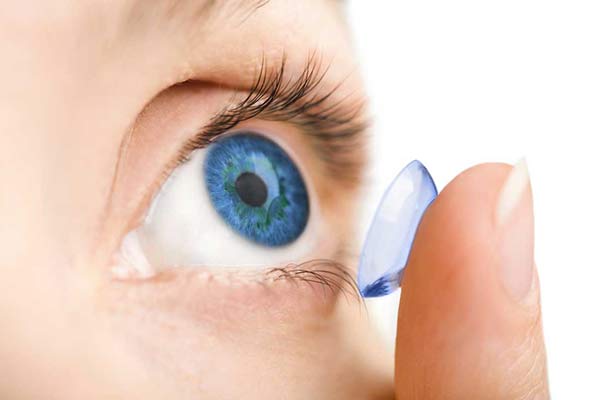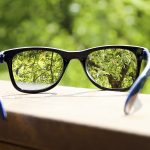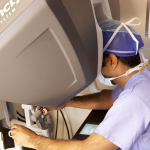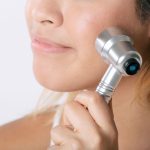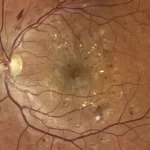Several studies have been done to determine orthokeratology’s potential benefits. They have shown that the procedure can help reduce your vision problems, such as myopia, by blocking the rays of light that cause your vision to be blurry.
Table of Contents
Myopia Correction
Using orthokeratology to control myopia is an alternative to the laser corrective surgery method. The ortho-k method is a non-surgical procedure that involves wearing rigid gas-permeable contact lenses at night rather than during the day. The orthokeratology lenses gently reshape the front of the eye at night. The corneal reshaping results in clear vision the next day. In addition, the lenses help to slow the progression of myopia. This treatment method is effective for adults and children with mild to moderate myopia. It can also be used as a preventive measure for young people with presbyopia. Ortho-K is a cost-effective way to slow the progression of myopia. In addition, it is reversible. If you want to stop using the lenses, you can. The procedure is also safe and has almost no side effects. Moreover, patients report that they experience rapid and significant results after using the lenses for a few nights.
Reversibility
During the past decade, interest in orthokeratology Lower Sackville has grown dramatically. This has prompted research into orthokeratology methods and their effects on visual performance. Research in this area has moved from case reports to controlled clinical trials. Orthokeratology methods can be used to correct nearsightedness, astigmatism, and myopia. It also helps reduce the prevalence of microbial keratitis. The corneal epithelium is thinned during the process, resulting in a reshaping effect. Orthokeratology is a treatment option that provides stable vision correction. It does not involve surgery and is safe for most patients. It is an alternative to contact lenses and prescription glasses. The process reshapes the cornea, reducing axial elongation and providing crystal-clear central vision.
Complications
Despite its advantages, orthokeratology has certain limitations. Orthokeratology lenses have been associated with corneal ulcers, infectious keratitis, and other vision-threatening complications. Despite these issues, orthokeratology is an important approach to myopia control. However, parents need to weigh the potential for permanent vision loss when considering this treatment. Orthokeratology is a non-surgical treatment that involves wearing special rigid contact lenses. These lenses temporarily change the cornea’s curvature to reduce the myopic refractive error. OrthoK has been shown to slow the progression of myopia in children. It can also be used to treat youth-onset myopia. Orthokeratology lenses are worn overnight and flatten the central part of the cornea. This flattening of the cornea helps the peripheral retina to receive light properly. The risk of microbial keratitis associated with orthokeratology is particularly high in children. This condition is associated with Pseudomonas and Acanthamoeba, virulent pathogens that have been reported to cause corneal ulcers.
Cost
Depending on the prescription level, the cost of orthokeratology may be between $1,000 and $2,000. It is a non-surgical method of correcting myopia and astigmatism. The procedure involves the use of specially-designed gas permeable contact lenses. These lenses are worn overnight while you sleep. The goal is to reshape the cornea. Most health insurance plans do not cover orthokeratology. However, some plans do cover a portion of the cost. It is essential to discuss your insurance coverage with your eye doctor. The cost of orthokeratology also depends on how many lenses are needed for your vision goal. For lower prescriptions, the cost may be as low as $1,500. Higher prescriptions may cost up to $3,500. The orthokeratology process involves several follow-up visits. Some patients may experience discomfort while wearing the lenses. In addition, the lenses can cause glare around lights. There may also be some blurring of vision.

